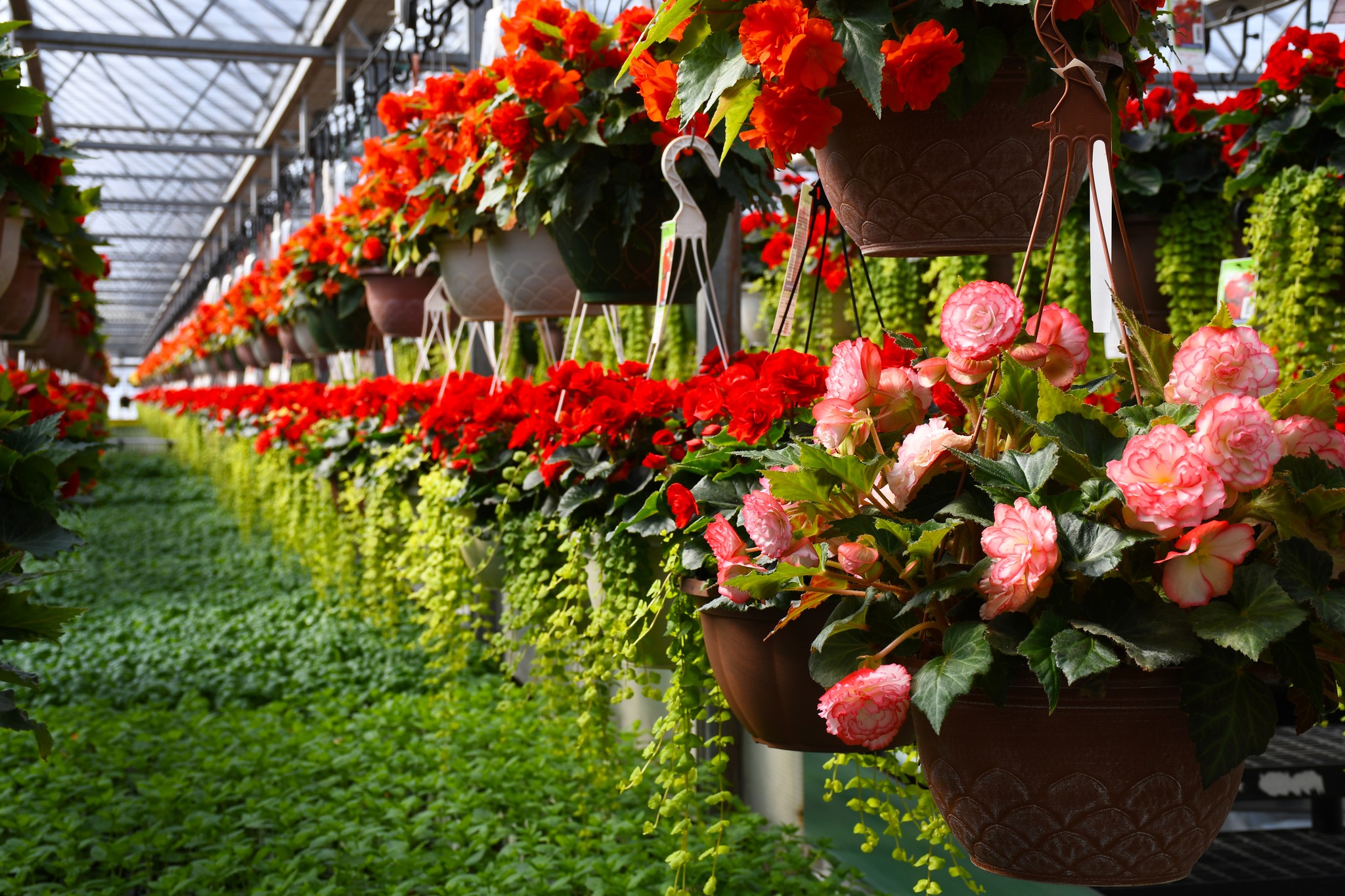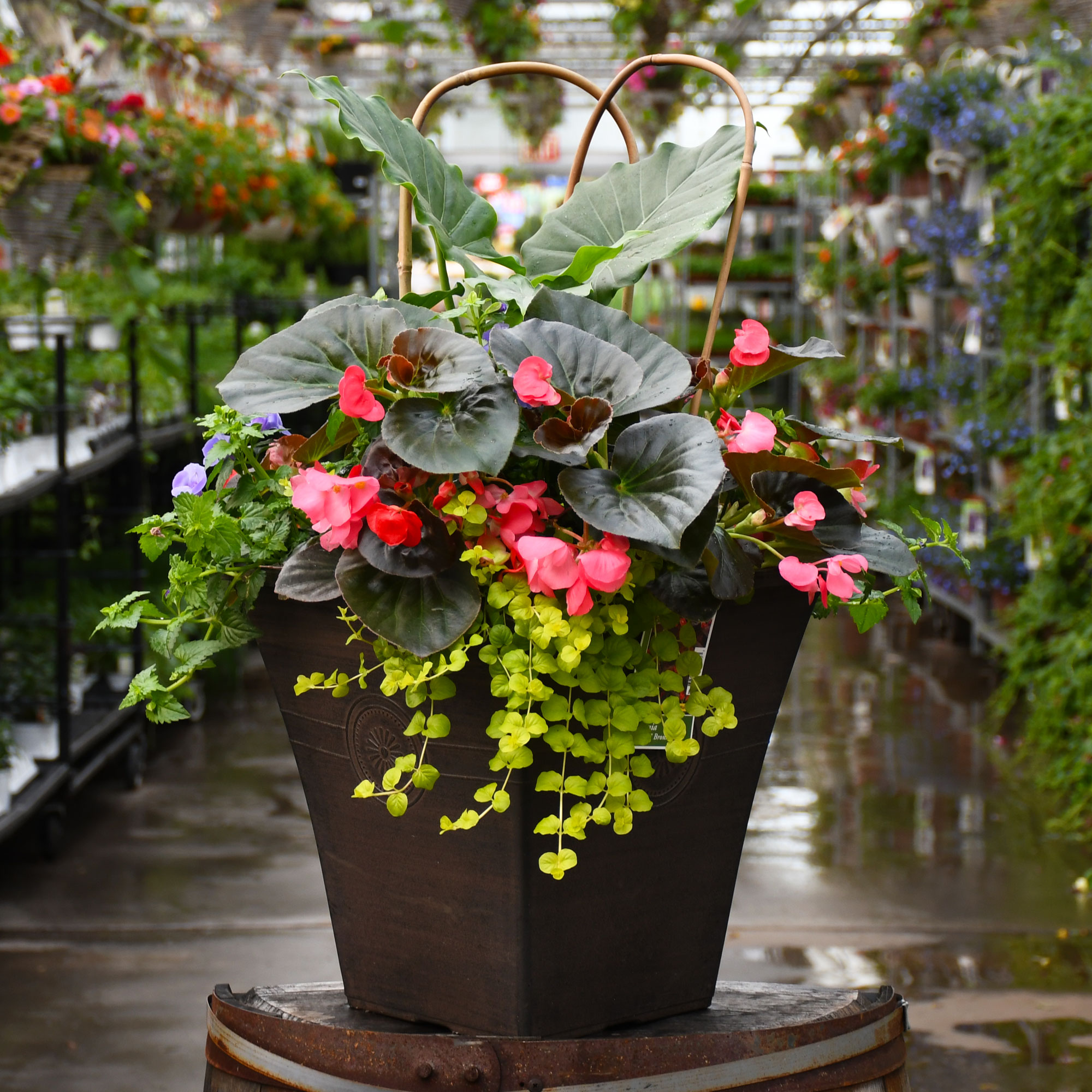Ficus Lyrata, Fiddle Leaf Fig (Bush)


Out of stock
Availability updated daily- Sun Preference
- Bright Direct
Description
Primarily grown for foliage, with huge, fiddle shaped leaves; in frost free areas this variety can grow quite large, howerver it can be maintained as a house or patio plant in colder climates; rarely flowers or fruits outside native habitat
Direct from the Grower
When you see the Gerten Grown logo on our annuals, you know you're getting a fresh plant directly from our greenhouse. We've been perfecting our growing process for over four generations and pride ourselves on providing local quality and freshness to our customers. Better pricing on better quality plant material, that's Gerten Grown.
Details
Height: 6 feet
Spread: 4 feet
Sunlight: ![]()
![]()
Hardiness Zone: 9b
Other Names: Fiddleleaf Fig, Fiddle-leaf Fig
Description:
Primarily grown for foliage, with huge, fiddle shaped leaves; in frost free areas this variety can grow quite large, howerver it can be maintained as a house or patio plant in colder climates; rarely flowers or fruits outside native habitat
Features & Attributes
Fiddle Leaf Fig's attractive large glossy oval leaves remain green in color with distinctive chartreuse veins throughout the year. The flowers are not ornamentally significant.
This is a multi-stemmed evergreen houseplant with a shapely oval form. This plant may benefit from an occasional pruning to look its best.
Planting & Growing
When grown indoors, Fiddle Leaf Fig can be expected to grow to be about 6 feet tall at maturity, with a spread of 4 feet. It grows at a medium rate, and under ideal conditions can be expected to live for approximately 100 years. This houseplant will do well in a location that gets either direct or indirect sunlight, although it will usually require a more brightly-lit environment than what artificial indoor lighting alone can provide. It does best in average to evenly moist soil, but will not tolerate standing water. The surface of the soil shouldn't be allowed to dry out completely, and so you should expect to water this plant once and possibly even twice each week. Be aware that your particular watering schedule may vary depending on its location in the room, the pot size, plant size and other conditions; if in doubt, ask one of our experts in the store for advice. It is not particular as to soil type, but has a definite preference for acidic soil. Contact the store for specific recommendations on pre-mixed potting soil for this plant. Be warned that parts of this plant are known to be toxic to humans and animals, so special care should be exercised if growing it around children and pets.
There are many factors that will affect the ultimate height, spread and overall performance of a plant when grown indoors; among them, the size of the pot it's growing in, the amount of light it receives, watering frequency, the pruning regimen and repotting schedule. Use the information described here as a guideline only; individual performance can and will vary. Please contact the store to speak with one of our experts if you are interested in further details concerning recommendations on pot size, watering, pruning, repotting, etc.
-- THIS IS A HOUSEPLANT AND IS NOT MEANT TO SURVIVE THE WINTER OUTDOORS IN OUR CLIMATE --
More Information
| Common Family Name | Ficus |
|---|---|
| Sun Preference | Bright Direct |


